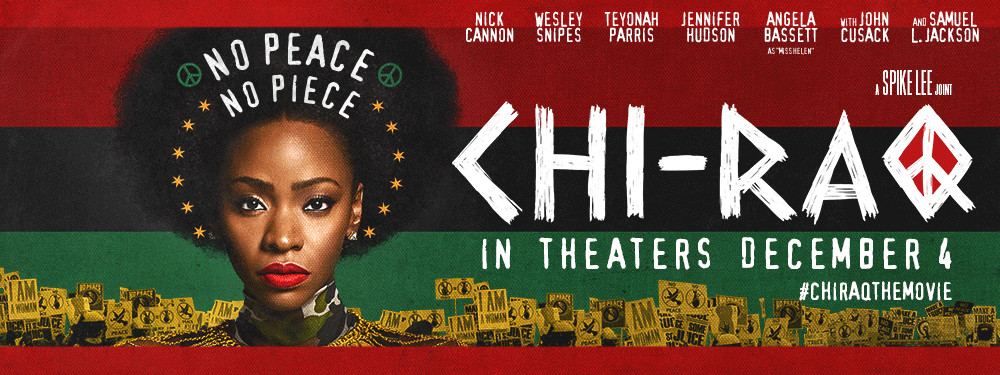A final round-up on the movies of 2015
The best:
Tied For First: “The Big Short” and “Chi-raq,” both all the more ferocious for being as funny and purely entertaining as they are angry
Tied For Second:
“Brooklyn”
“Carol”
“Ex Machina”
“Inside Out”
“Mad Max: Fury Road”
“The Martian”
“Star Wars, Episode VII: The Force Awakens”
“Bridge of Spies”
Runners-up: “Diary of a Teenage Girl,” “Creed,” “Trumbo,’ “Spotlight,” “Son of Saul,” “Mustang,” “The Shaun the Sheep Movie,” “Mustang,” “Girlhood,” “Straight Outta Compton”
A good year for: movies by and about women: “Mad Max: Fury Road,” “Miss You Already,” “Chi-Raq,” “Carol,” “Brooklyn,” “Inside Out,” “Star Wars: The Force Awakens,” “Infinitely Polar Bear,” “Diary of a Teenage Girl,” “Pitch Perfect 2,” “Suffragette,” “Sisters”
Not such a good year for: romance, comedies, or romantic comedies
Popcorn pleasures: “Furious 7,” “Mission Impossible: Rogue Nation,” “Magic Mike: XXL,” “What We Do in the Shadows”
Top five documentaries:
“Amy”
“The Look of Silence”
“Heart of a Dog”
“Iris”
“Best of Enemies”
“The Mind of Mark Defriest”
Breakthrough performers: Alicia Vikander (“Ex Machina,” “The Man from UNCLE,” “The Danish Girl,” “Testament of Youth,” and more, Teyonah Parris (“Chi-Raq”), Jake Lacy (“Carol,” “Love the Coopers”), Raffey Cassidy (“Tomorrowland,” , Brie Larson (“Room”), Amy Schumer (as star and screenwriter of “Trainwreck”), and John Cena, very funny in “Trainwreck,” “Sisters,” and “Daddy’s Home”
And the worst:
“The D Train”
“Mortdecai”
“Unfinished Business”
“The Gunman”
“Blackhat”
“Vacation”
“Pixels”
“Fantastic Four”
“Stonewall”
“Hitman: Agent 47”


